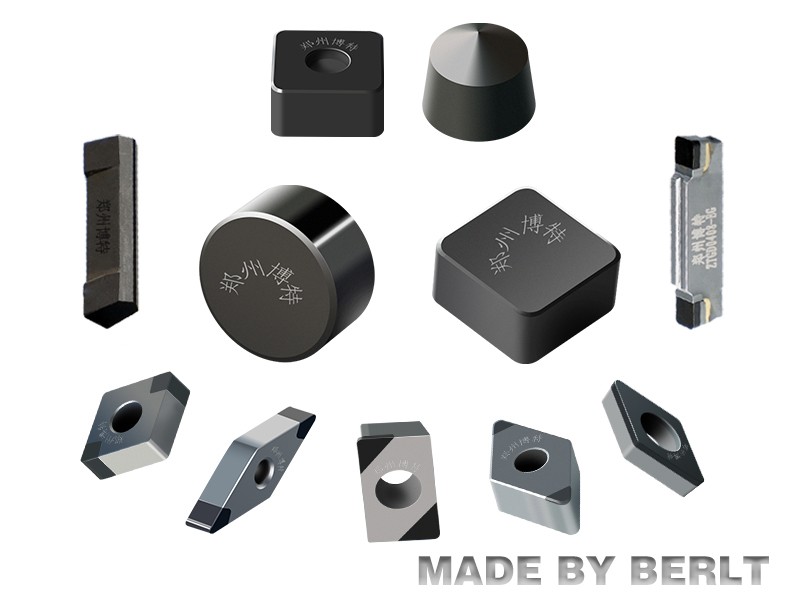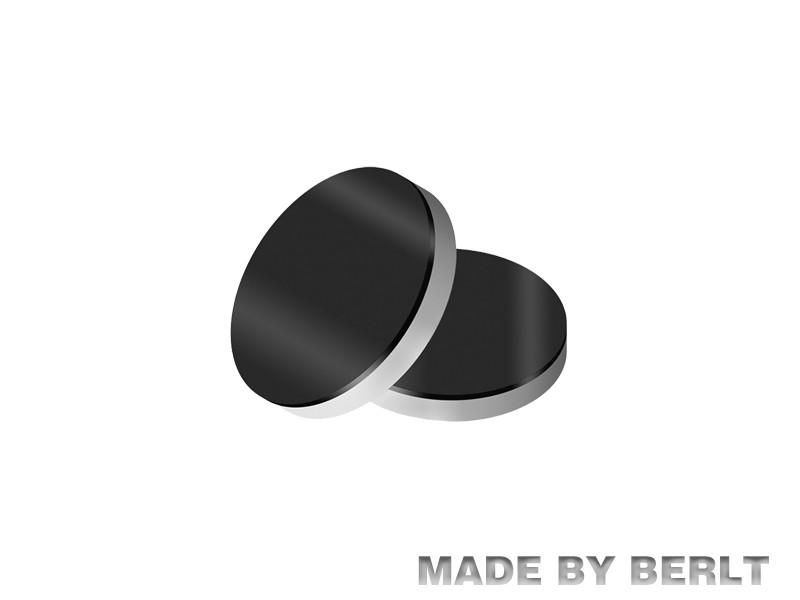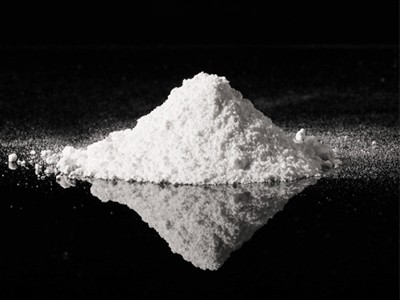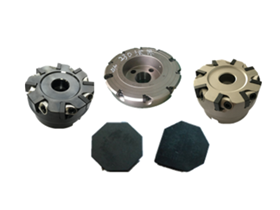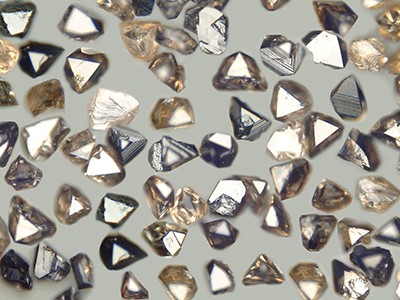As a ceramic material with excellent performance, hexagonal boron nitride (h-BN) shows a broad application prospect in the field of complex phase ceramics with its unique physicochemical properties. In this paper, we will introduce the current status, advantages and future prospects of hexagonal boron nitride in complex phase ceramics.
Ⅰ. Basic properties of H-BN
Hexagonal boron nitride, known as “white graphite”, is a typical nitride ceramics. It has a hexagonal crystal structure similar to that of graphite, in which nitrogen and boron atoms are closely connected by strong covalent bonds, and the layers are maintained by weak van der Waals forces. This unique structure gives hexagonal boron nitride a series of excellent properties, such as high melting point (>3000K), high oxygen resistance (900℃), high temperature resistance (2000℃), good lubricity, electrical insulation, thermal conductivity and chemical stability.
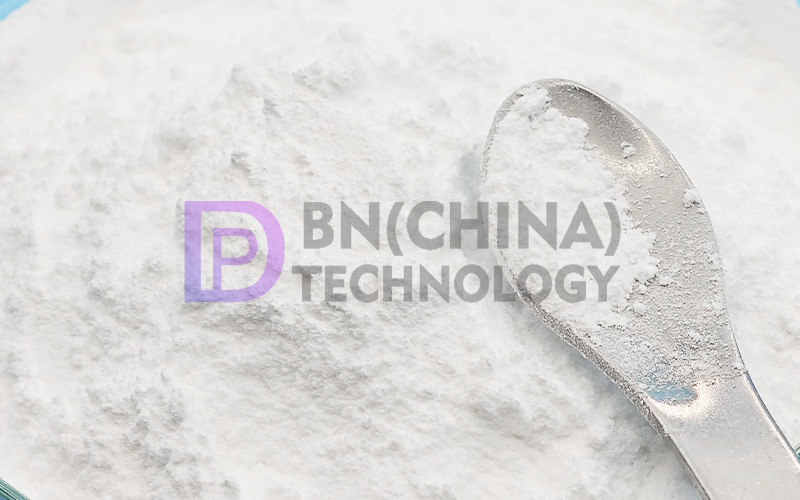
Ⅱ. the current application of H-BN in complex phase ceramics
Complex phase ceramics refers to the materials compounded by two or more ceramic phases with different chemical composition or microstructure.H-BN, as one of the important components of complex phase ceramics, has been widely used in many fields.
High-temperature refractories: H-BN and its complex phase ceramics are used in large quantities as high-temperature refractories, such as crucibles, boats, pipes, nozzles, etc., for smelting, evaporating, and conveying various metallic and non-metallic materials. Their high melting point, good chemical stability and resistance to molten metal attack make them excellent in high temperature environments.
Aerospace: With high thermal stability and low dielectric loss, H-BN is one of the ideal materials for manufacturing high temperature radomes/windows. By compounding with other ceramic materials (e.g., silicon nitride, silicon oxide), it can meet a variety of complex performance requirements, such as heat protection, load bearing, and wave transmission. In addition, H-BN ceramics are also suitable for the manufacture of nozzle materials for aircraft and rocket engines.
Electronics industry: H-BN has the characteristics of high insulation and high thermal conductivity, which can be used as a thermal management device in electronic circuits. When H-BN nanomaterials are applied to the surface of chips, they can not only play a protective role, but also take advantage of the excellent lateral heat transfer capability brought about by their special two-dimensional structure to reduce the local maximum temperature, thus enhancing the life and reliability of the device.
Ⅲ.Advantages of H-BN in Composite Ceramics
Synergistic toughening effect: H-BN can produce significant synergistic toughening effect after composite with other ceramic materials. For example, BN-SiO₂ and BN-SiO₂-AlN composite ceramics have significantly improved mechanical properties, ablation resistance and densification, as well as excellent moisture resistance, thermal shock resistance and dielectric strength.
Improved machinability: H-BN ceramics are easy to finish-machine using conventional metal cutting techniques, with a turning accuracy of up to 0.05 mm, which allows them to be machined into complex shapes to meet the needs of different fields.
Enhance the comprehensive performance: through the composite with other ceramic materials, H-BN can further enhance the comprehensive performance of the complex ceramics on the basis of maintaining its original excellent performance. For example, the addition of appropriate amount of AlN can further enhance the flexural strength and fracture toughness of composite ceramics.
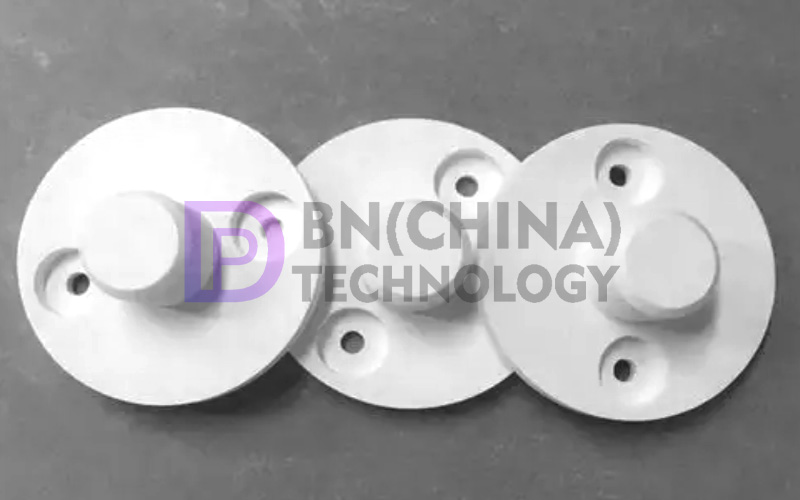
Ⅳ.Future Prospects
With the continuous deepening of research and the expansion of application needs, the application of H-BN in complex phase ceramics will have a broader prospect. In the future, H-BN complex phase ceramics are expected to make breakthroughs in the following areas:
New material development: through the composite with other new ceramic materials, the development of new materials with more excellent performance, to meet the aerospace, electronics, new energy and other fields of high-performance ceramic materials needs.
Process optimization: improve the preparation process of H-BN complex ceramics, improve the density, mechanical properties and reliability of the product, reduce production costs, and promote its large-scale application.
Expand application areas: In addition to the traditional high-temperature refractories, aerospace and electronics industries, H-BN complex ceramics are expected to find new applications in new energy, biomedicine, environmental protection and other fields.
In summary, H-BN in the complex phase ceramics application prospects are very broad. With the continuous deepening of research and technological progress, H-BN complex ceramics are expected to show its unique advantages and value in more fields.
